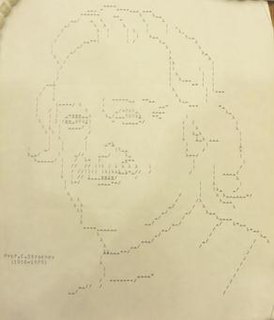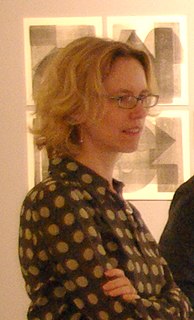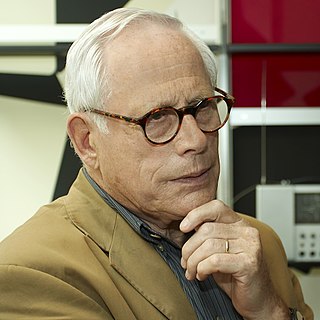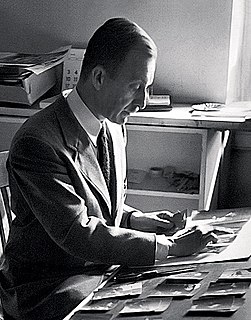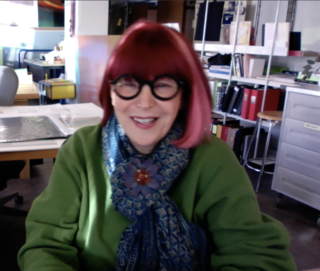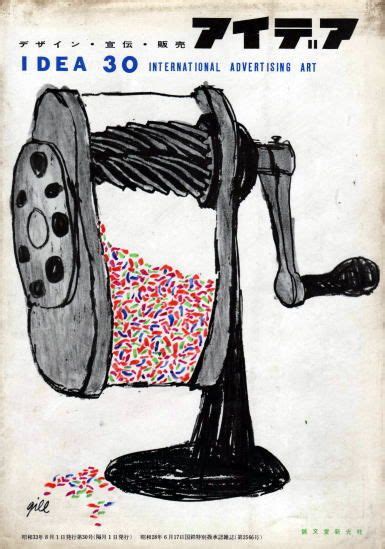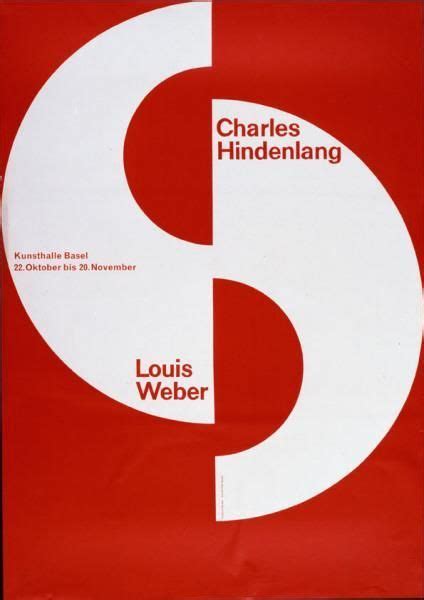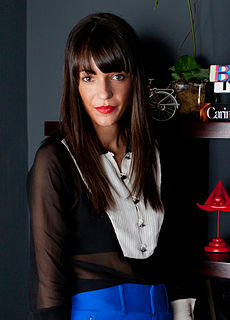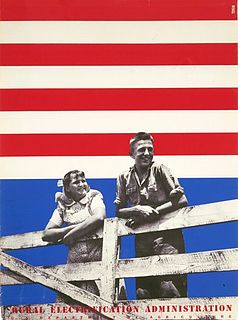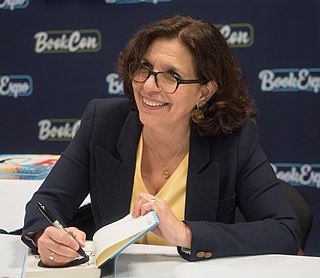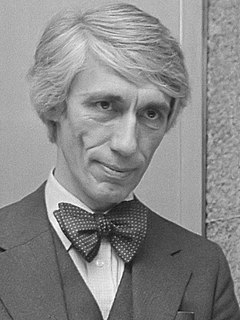A Quote by Michael Bierut
I have half a dozen designers who work for me, they 'realise' most of the design work, and I act as the design director and the main point of client contact on each project.
Related Quotes
It has long been my personal view that the separation of practical and theoretical work is artificial and injurious. Much of the practical work done in computing, both in software and in hardware design, is unsound and clumsy because the people who do it have not any clear understanding of the fundamental design principles of their work. Most of the abstract mathematical and theoretical work is sterile because it has no point of contact with real computing.
Good design is innovative
2. Good design makes a product useful
3. Good design is aesthetic
4. Good design makes a product understandable
5. Good design is unobtrusive
6. Good design is honest
7. Good design is long-lasting
8. Good design is thorough, down to the last detail
9. Good design is environmentally friendly
10. Good design is as little design as possible
The tragedy of feminine design is that it receives so little official support. Most of the world's design schools, having been organized by men, encourage a masculine approach, even when they are run by women. Yet many designers who are male in the biological sense have a feminine approach to design.
When we think of design, we usually imagine things that are chosen because they are designed. Vases or comic books or architecture... It turns out, though, that most of what we make or design is actually aimed at a public that is there for something else. The design is important, but the design is not the point. Call it "public design"... Public design is for individuals who have to fill out our tax form, interact with our website or check into our hotel room despite the way it's designed, not because of it.
In their work, designers often become expert with the device they are designing. Users are often expert at the task they are trying to perform with the device. [...] Professional designers are usually aware of the pitfalls. But most design is not done by professional designers, it is done by engineers, programmers, and managers.
The future is created at the intersection of business, technology, design, and culture. *In the Bubble* is an insightful and delightful explanation of this nexus and of how each force affects the others. Designers often miss a great deal in their educations about the real people who will use and inhabit their work. Thackara astutely illuminates a lot of what designers don't know they're missing.


